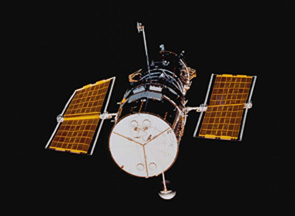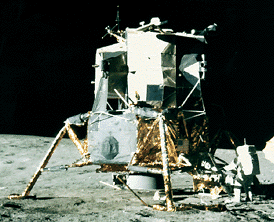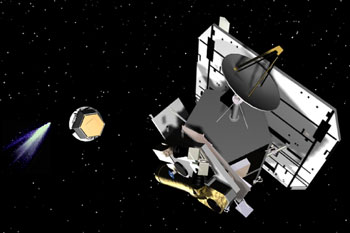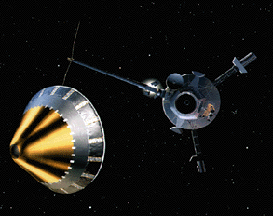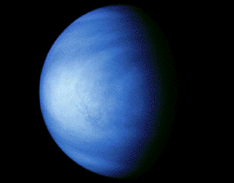
Venera
The Soviet space program to Venus in the late 1960's, 70's, and early 80's was very successful, with 13 of 16 Venera missions safely reaching the planet. Each Venera spacecraft was designed to either orbit Venus, probe its atmosphere, or reach its surface. Each mission gained new, valuable information, but it took much trial and error before the Soviets learned how to survive the extreme pressure of Venus' atmosphere and peer through its dense cloud cover from orbit.
Veneras 4 (in 1967), 5, and 6 (in 1969) were all probes that accumulated data on the composition of Venus' atmosphere, learning that it is largely made up of about 96% carbon dioxide, with little oxygen.
The 7th through the 14th Venera missions all successfully landed on Venus, each spacecraft spending a longer time on its surface than the previous one. Venera 10 returned the first black and white photographs of its terrain, while Venera 13 sent back the first color photos. The Venera missions also measured a surface temperature of 475 C (887 F), detected lightning, and analyzed the Venusian soil, finding rocks rare on Earth.
The last Venera installments, launched in 1983, included two orbiters that used special radar to penetrate Venus' dense cloud cover and map part of its northern hemisphere.
Despite the success of the Venera missions and the amount of interesting information they accumulated, trips to Venus in the near future are unlikely. The dissolution of the Soviet Union in 1991 left their space program with little funding, unable to support an expensive interplanetary mission.






